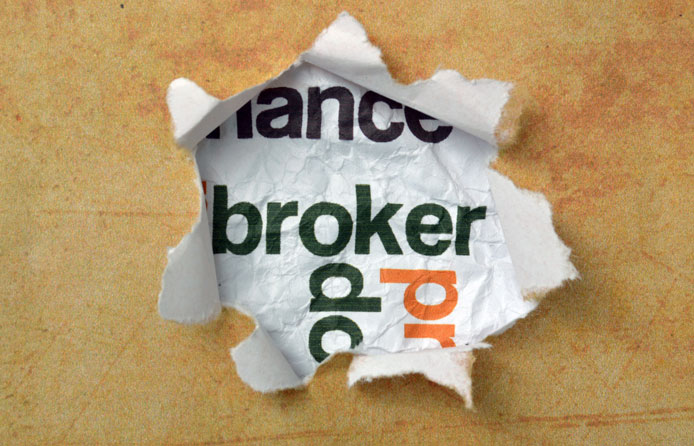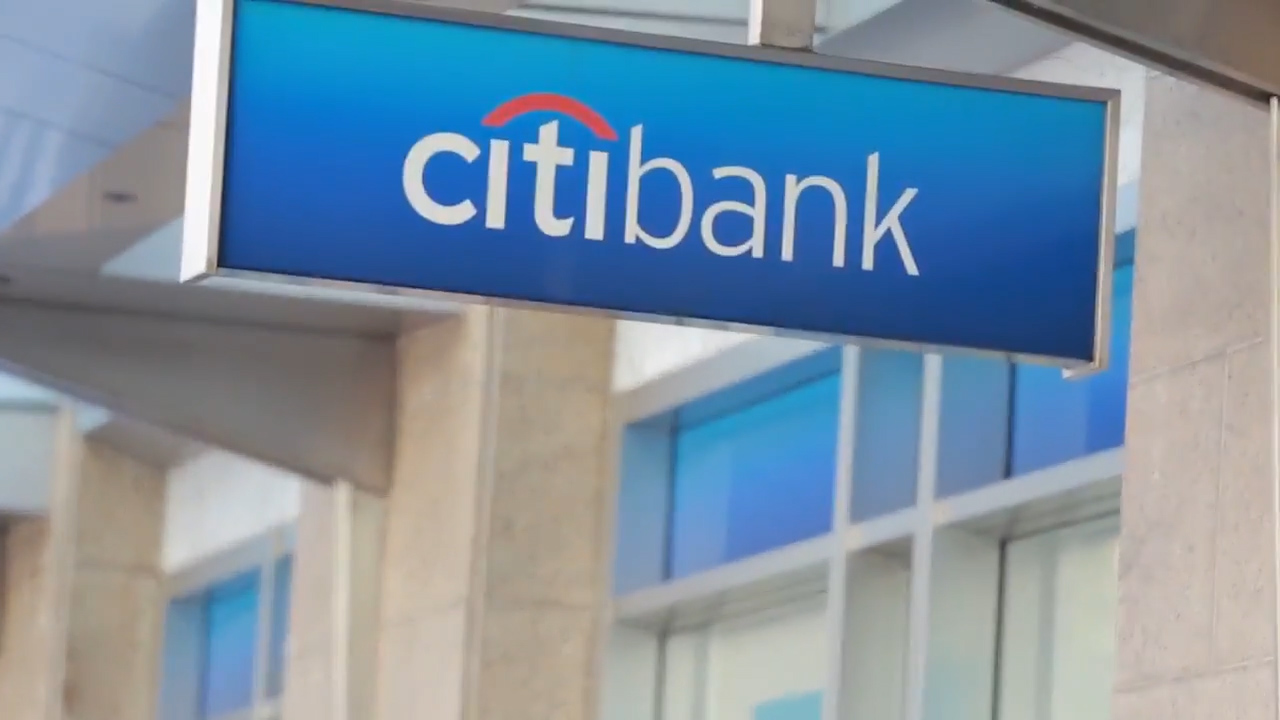In a new report, Forrester says that Digital transformation is not elective surgery. It is the critical response needed to meet rising customer expectations, deliver individualized experiences at scale, and operate at the speed of the market. This echoes our Quiet Revolution report, released just yesterday.
They say the results are sobering:
Over 60% of executives believe they are behind in their digital transformation. Lagging results have created a loss of confidence in the CIO, driving up the number of chief digital officers and business units creating their own digital strategies.
But that misses the point. Digital transformation is a CEO issue and an economic question.
Digital transformation is expensive; CEOs can’t drive operational savings fast enough to fund it and are cautious about destroying margins.
In 2018, CEOs must show the political will and, with the CIO and CMO, orchestrate digital transformation across the enterprise.
Some CEOs will use their balance sheet to acquire digital assets and buy time. But 20% of CEOs will fail to act: As a result, those firms will be acquired or begin to perish.
More on this from IT Wire.
Companies face a year of more uncertainty in 2018 and the window of opportunity is closing for many looking to digitally transform, and revitalise customer experiences, according to a new report.
According to the report from research firm Forrester, 2018 will force decisive action on the digital front for companies to take control of their destiny.
“The dynamics favour those taking aggressive action and create existential risks for those still holding on to old ways of doing business,” Forrester warns.
And Forrester predicts that the chief information officer’s agenda for 2018 will focus on fully embracing digital transformation, cultivating talent, and implementing (not just testing) new technologies.
It says that the rapid maturation of artificial intelligence, blockchain and conversational interfaces will force organisations to create new customer experiences, transform jobs and forge new partnerships.
“As technology continues to disrupt business, digital will disrupt the role of the CIO. A new breed of digital-savvy CIOs with digital backgrounds will emerge and demand a new title to fit their transformation,” Forrester says.
The research firm also predicts that AI and Internet of Things will remain hot, “blockchain will simmer, and quantum will gather steam”, while digital business platforms are just “a wave” and companies will either build them or deliver through them.
In a further prediction, Forrester says the pace of automation across industries will pick up significantly around the world in 2018, altering the shape of the global workforce.
Forrester expects the global market for automation will accelerate faster in the New Year as enterprises aim to enhance performance and garner insights from commodity tasks.
And, according to Forrester, automation will eliminate 9% of US jobs but create 2% more and “a political automation backlash” will briefly impede progress – and lose, while bots, backed by AI, will alter traditional information management.
Other predictions for 2018 from Forrester include:
Artificial intelligence: the honeymoon for AI is over: blended AI will Disrupt customer service and sales strategy
CIOs will move away from the lift-and-shift approach to AI tech implementations, and new applications of blended AI will increasingly be used to improve customer service and sales processes in the New Year. In addition, Forrester predicts that AI will make decisions and provide real-time instructions at 20% of firms and will increasingly be used for visual experience.
Blockchain: be ready to face the realities behind the blockchain hype
It says 2018 will be the year CIOs will exploit the potential of blockchain technology. While there will be steady improvement and a few breakthroughs, don’t expect a major leap in technology maturity in 2018. In addition, CIOs, CISOs will pay greater attention to blockchain security, and blockchain will start to transform fraud management and identity verification. Banking processes will also see heterogeneous blockchain adoption in 2018.
Cloud computing accelerates enterprise transformation everywhere
Public cloud adoption will reach a 50% adoption rate in 2018, which is a significant milestone for enterprises. Looking at the factors shaping the cloud computing landscape next year, Forrester also predicts that the market should expect further consolidation through 2020. Enterprises will shift 10% of their traffic from carrier backbones to other providers, and telecom providers will feel the effects.
Cyber security: businesses will face even more challenges In 2018
Rising tensions in international relations, ubiquitous connectivity, digital transformation initiatives and the data economy will have a large impact on cyber security. Forrester has six predictions for cyber security in 2018, including: Governments will no longer be the sole providers of reliable, verified identities; More IoT attacks will be motivated by financial gain than chaos; and blockchain will overtake AI in VC funding and security vendor roadmaps.
IoT moves from experimentation to business scale
IoT technologies will dictate how companies deliver high-value experiences for their customers next year. Increased consumer adoption and advances in AI are fuelling the improvement of connected devices, and the quality of voice services will boost adoption of IoT devices. In addition, IoT will be at the center of broader and more damaging cyber attacks as hackers seek to compromise systems to extract sensitive data.
Employee experience powers the future of work
An engaged workforce boosts customer experience and revenue performance. While Forrester predicts that employee engagement won’t improve in 2018, technology leaders must stay on top of micro trends like collaboration and employee technology as well as macro issues, such as how automation is reshaping labor, as they are thrust into the forefront to help create the conditions for a positive employee experience.
Mobile evolves into the digital experience conductor
Next year is the year that mobile becomes core to the digital ecosystem. While many firms believe that they’ve checked the box on mobile, they also should note that what is changing is the next generation of consumer experiences on these devices. Smart firms will continue to invest heavily in the underlying technology: the architecture, talent, and process to deliver these experiences. Emerging tech like AR, AI and chatbots will continue to pique interest but mainstream breakthrough is still further off.










